
Today’s Hallyu resurgence brings a booming interest in South Korea. At any given time, someone in the world is craving K-barbecue. Korean music, films, and celebrities continuously steal the hearts and recognition of many. However, what else is there to know about this country? Discover the background, culture, and other interesting things about it with these South Korea facts.
- The name ‘Korea’ originated from ‘Goryeo,’ which means ‘high and clear.’
- South Korea occupies 45% of the southern region of the Korean peninsula.
- South Korea is also known as the “Land of High Mountains and Sparkling Streams” and “Land of the Morning Calm.”
- South Korea covers a land area of 100,210 sq km, almost the size of Indiana state.
- Over 51 million people live in South Korea.
- Seoul functions as the cultural, economic, and political center and capital of South Korea.
- Sejong City is the administrative capital of South Korea.
- The official currency of South Korea is the Korean won.
- South Korea has no national religion and constitutionally guarantees freedom of religion.
- South Korea typically experiences cold, dry winters and hot, humid summers.
- East coast, particularly Taegu, is the driest region while the south coast is the wettest.
- The most important crop in South Korea is rice.
- South Korea is known for the superior-quality ginseng that it exports.
- In South Korea, a name written in red ink indicates that the person is going to die or already dead.
- According to legends, a descendant of Heaven established Korea in 2333 BCE.
- Babies in South Korea are automatically 1 year old upon birth.
- South Korea ties with Japan for the lowest percentage of overweight people.
- Men in South Korea also use makeup with nearly 20% reported using regularly.
- South Korean company Samsung produces the microchips used in Apple iPhones.
- South Korea has the fastest wireless speed in the world with an average download speed of 33.5 Mbps.
South Korea Facts Infographics

Dreaming of pigs is a good omen in South Korea.
Although it might sound strange, dreaming about pigs is said to bring good fortune in Korea. In early Korea, pigs symbolized money and wealth. Until the 1970s, pigs were so valued in Korea that students could even pay their university entrance fees by selling a pig.
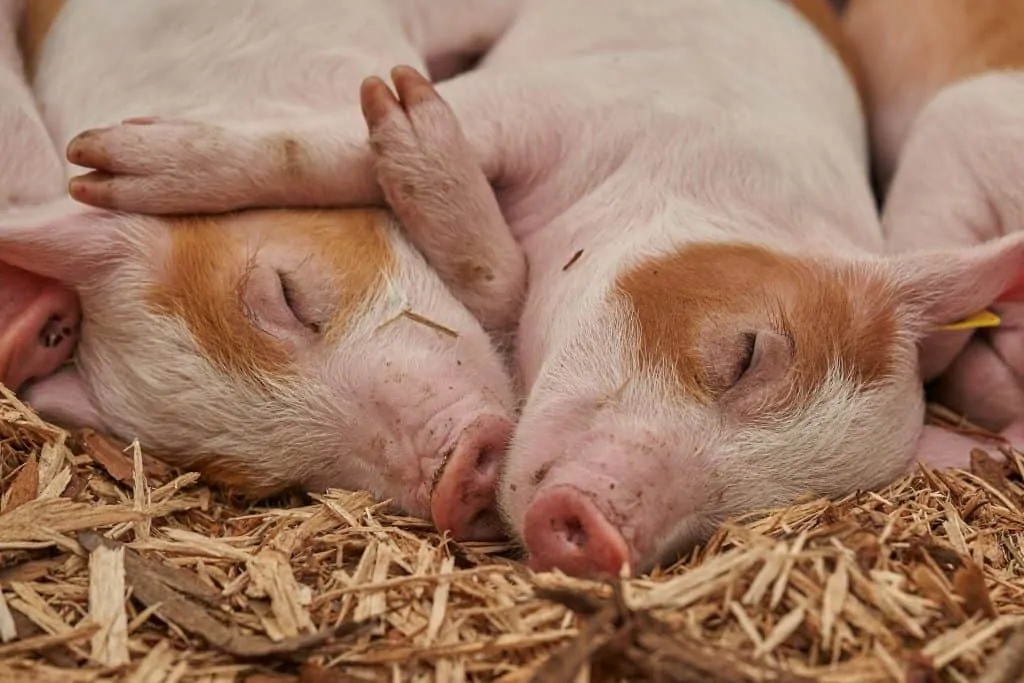
The Seoul Capital Area houses over half of the population of South Korea.
Also known as Sudogwon, the Seoul Capital Area refers to South Korea’s metropolitan region of Seoul, Incheon, and Gyeonggi-do. This urban area is the fifth-largest metropolitan area in the world and holds more than half of South Korea’s total population.
SoKor harvests over 90% of the seaweed consumed around the world.
South Korea leads the world in terms of seaweed production, generating over 90% of global seaweed produce. In fact, Koreans are so serious about seaweed that the seaweed farms on the southern Korean coast are visible from space. How’s that for South Korea facts?
South Korea consists of over 4,000 islands.
It would take a person 9 years to be able to spend a day on each island in South Korea. However, it’s worth noting that some of these islands have very different social environments from the country’s main cities.
The Demilitarized Zone (DMZ) separates North Korea from South Korea.
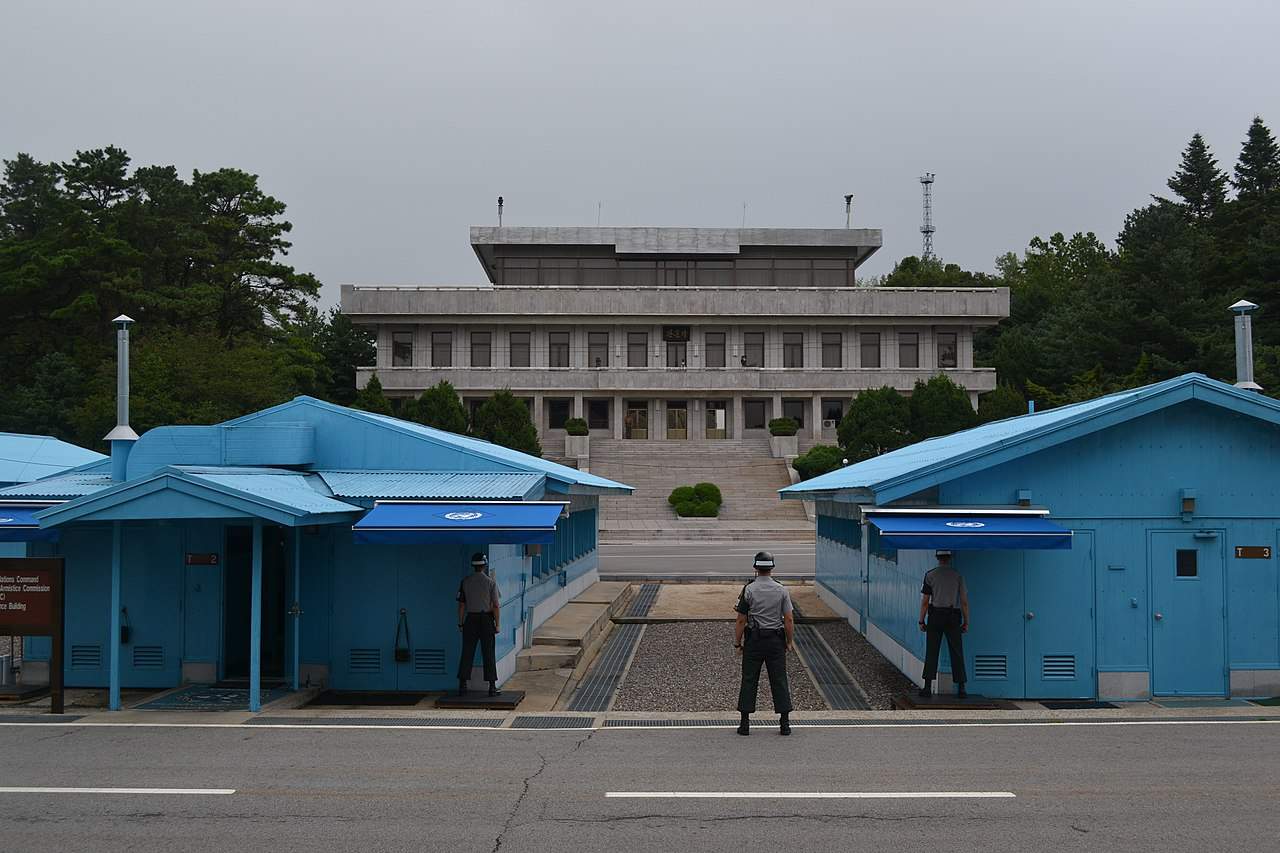
The 1953 armistice terms established the DMZ, ending the 3-year Korean War. The Korean demilitarised zone (DMZ) is 155 miles of untouched land that separates North and South Korea. In these heavily fortified fences, several endangered animal and plant species thrive. Ecologists identified around 2,900 plant species, 70 mammal species, and 320 bird species in this narrow buffer zone.
The DMZ spreads up to 4 km or 2.5 miles wide.
Almost following the latitude 38° N, it runs from the mouth of Han River west coast of the Korean peninsula down to a little south of Kosŏng, a town on the east coast of North Korea.
Within the DMZ rests P’anmunjŏm, also known as the 'truce village.'
Located 5 miles east of Kaesŏng lies the “truce village” of P’anmunjŏm. During the Korean War, the truce village served as the site of peace discussions. Since then, various conferences were held there, with issues concerning North and South Korea, respective allies, and the United Nations.
South Korea has free WiFi everywhere.
If you’re the type of person who can’t be away from the internet, you’d never have to worry about it in South Korea. The country offers free connectivity even on the most remote islands.
Parasite was the first South Korean film to be nominated for the Oscars.
Bong Joon Ho’s Parasite made history for bagging 3 awards at the 2020 Oscars, which was the most of any film nominated. Aside from winning Best Picture, Directing, International Feature Film and Writing (Original Screenplay), Parasite was also the first foreign film to win Best Picture in the history of the Oscars.
South Korea is a mountainous country.
The T’aebaek Mountains run north-south along South Korea’s eastern coastline. This mountain range spans through North Korea where it forms the drainage divide of the country.
South Korea has 3 main rivers.
They are the Han River, Kŭm River, and Naktong River. All 3 rivers trace back to T’aebaek Mountains where they flow between the mountain ranges.
Gifting someone with shoes has a negative meaning in Korea.
Bad news for sneakerheads: giving someone shoes as a gift in South Korea traditionally sends the message that one’s significant other will “walk away” from them.
South Korean mountains do not have very high elevations.
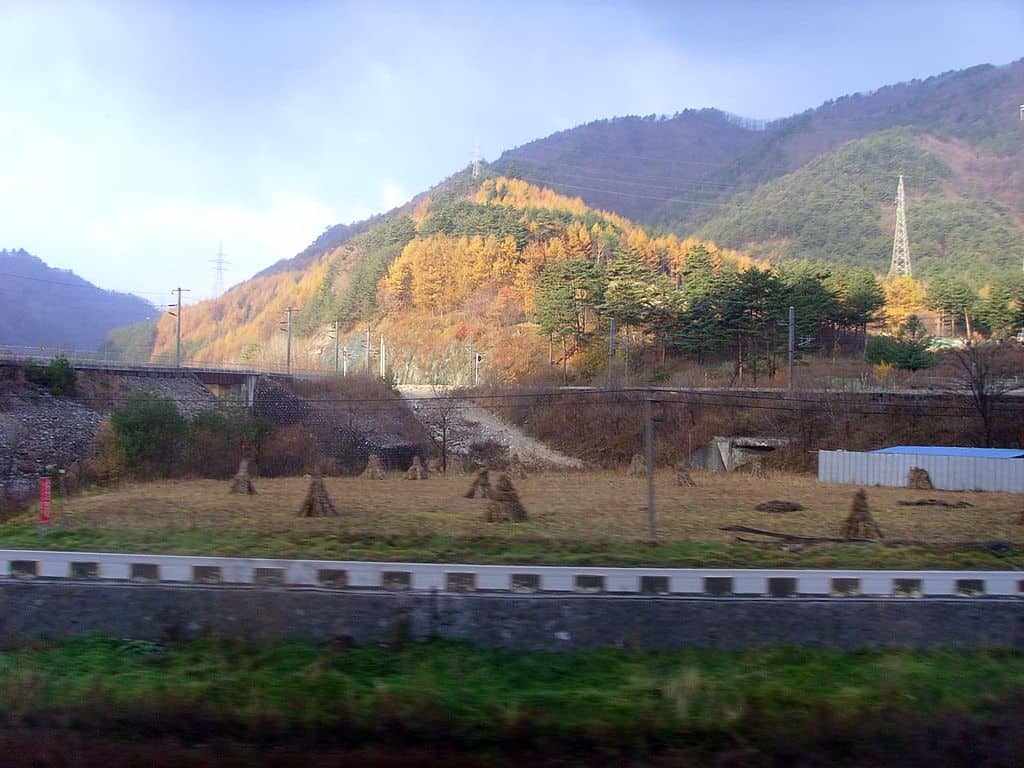
Despite Korea being a mountainous country, they aren’t exactly the highest peaks. The mountain range peaks with Mount Halla, an extinct volcano in Jeju Island that stands to 6,398 ft above sea level. On the other hand, the T’aebaek Mountains only reach 5,604 ft.
The longest river in South Korea is the Naktong River.
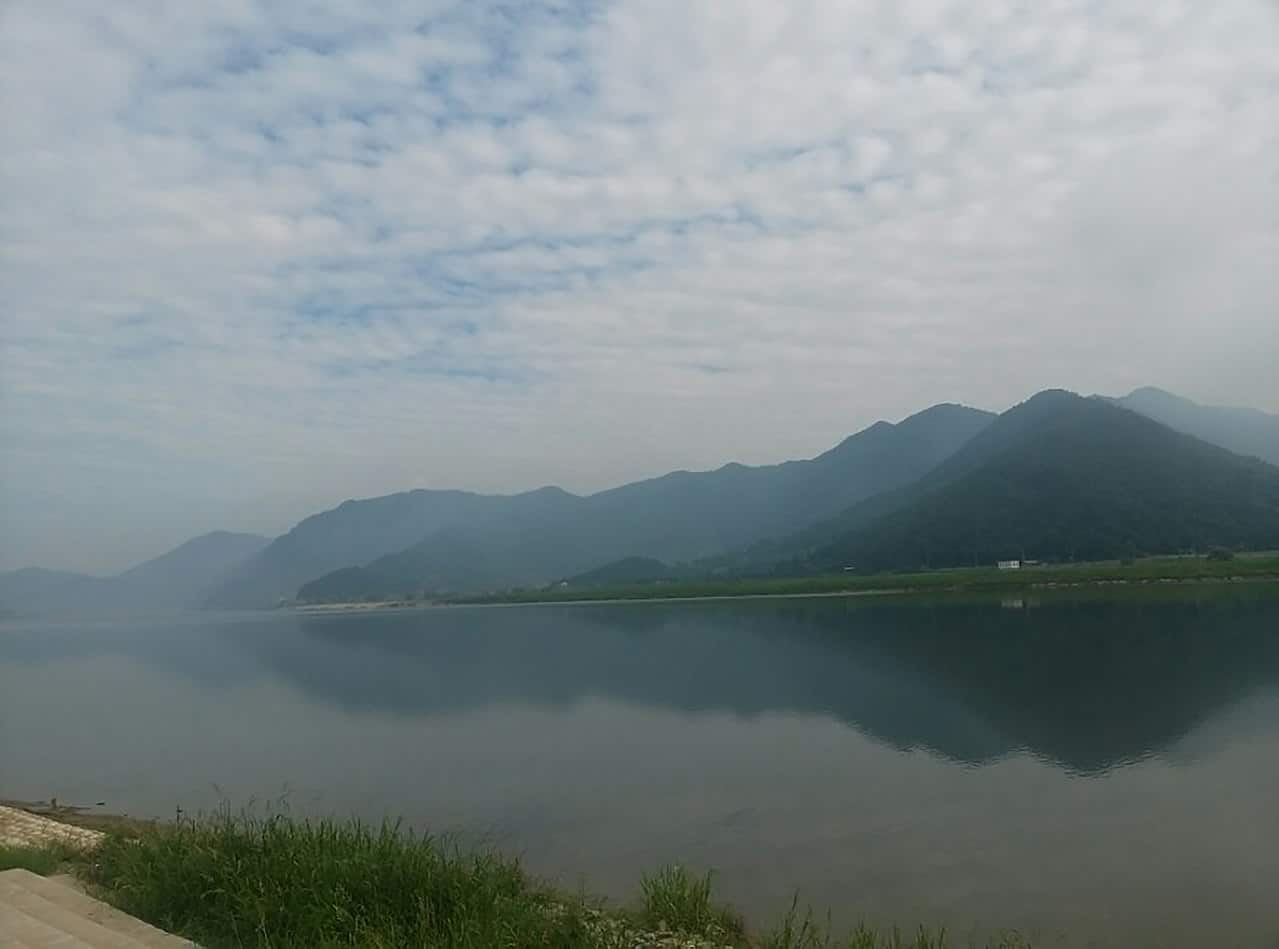
Running south, the Naktong River reaches 523 km or 325 mi to the Korea Strait. Its streamflow is considered greatest during the months with wet summer and less so during dry winter.
South Korea experiences the warmest weather in August.
The warmest month in South Korea is August, where the temperature averages 25 °C.
Around ⅔ of South Korea used to be covered with forests.
However, long cold winters demand greater fuel needs for the increasing population density of the country. As a result, it took a toll on the country’s forests.
South Korea has 9 provinces.
The 9 main provinces in South Korea are: Cheju, North Chŏlla, South Chŏlla, North Ch’ungch’ŏng, South Ch’ungch’ŏng, Kangwŏn, Kyŏnggi, North Kyŏngsang, and South Kyŏngsang.
The Korean War was the first major military conflict between the US and the Soviet Union.
However, this conflict has yet to end officially until today. Its 3-year-long war in the 1950s was followed by a ceasefire signed between North and South Korea.
South Korea houses the first astronomical laboratory in the world.
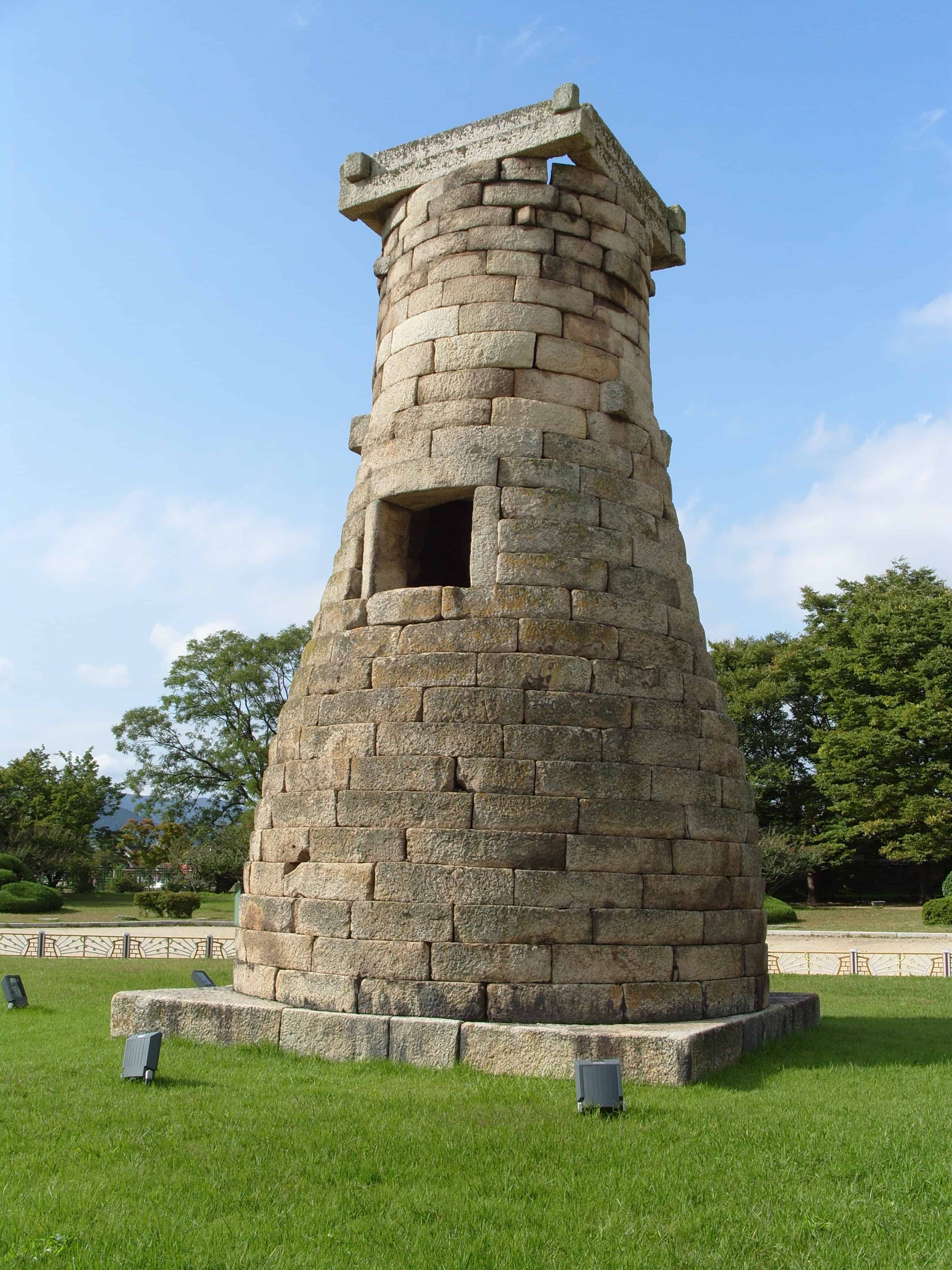
The Cheomseongdae Observatory was built at Gyeongju in the mid-600s.
South Korea employed the first robotic prison guards on the planet.
In 2012, the first robotic prison guards in the world were utilized in Pohang, South Korea. Aside from serving as prison guards, robots in the country also guard the DMZ and could potentially serve as teachers.
South Korea is home to the largest department store in the world.
The Shinsegae Department Store has been standing in Centum City, Busan since 2009. Spanning a whopping size of 293,900 sq m, it grabbed the title from Macy’s flagship store in Herald Square, New York.
Jinro Soju has been the best-selling liquor in the world for 11 consecutive years.

This South Korean distilled rice liquor surpassed Smirnoff Vodka in the world records for 11 years straight. Definitely one of the cooler South Korea facts.
Hyundai KIA is the 5th largest automaker in the world and 2nd largest in Asia.
The South Korean Hyundai KIA automotive group has already manufactured 7.5 million cars and trucks. Moreover, it is a ‘chaebol’ which means that it is a business dynasty or conglomerate.
South Koreans have the highest estimated IQ in the whole world.
According to the Organization for Economic Co-operation and Development (OECD), the South Korea has the highest estimated national IQ of any country in the world.
South Koreans appear to have links to the people of Central Asia.
Other theorized ethnic links are with Mongolia, the Lake Baikal region of Siberia, and the coastal areas of the Yellow Sea.
South Korea’s population is homogenous.
The majority of the country’s population has ethnic Korean roots while a small ethnic Chinese minority also resides in the country.
There are 2 traditional kinds of marriage in South Korea.
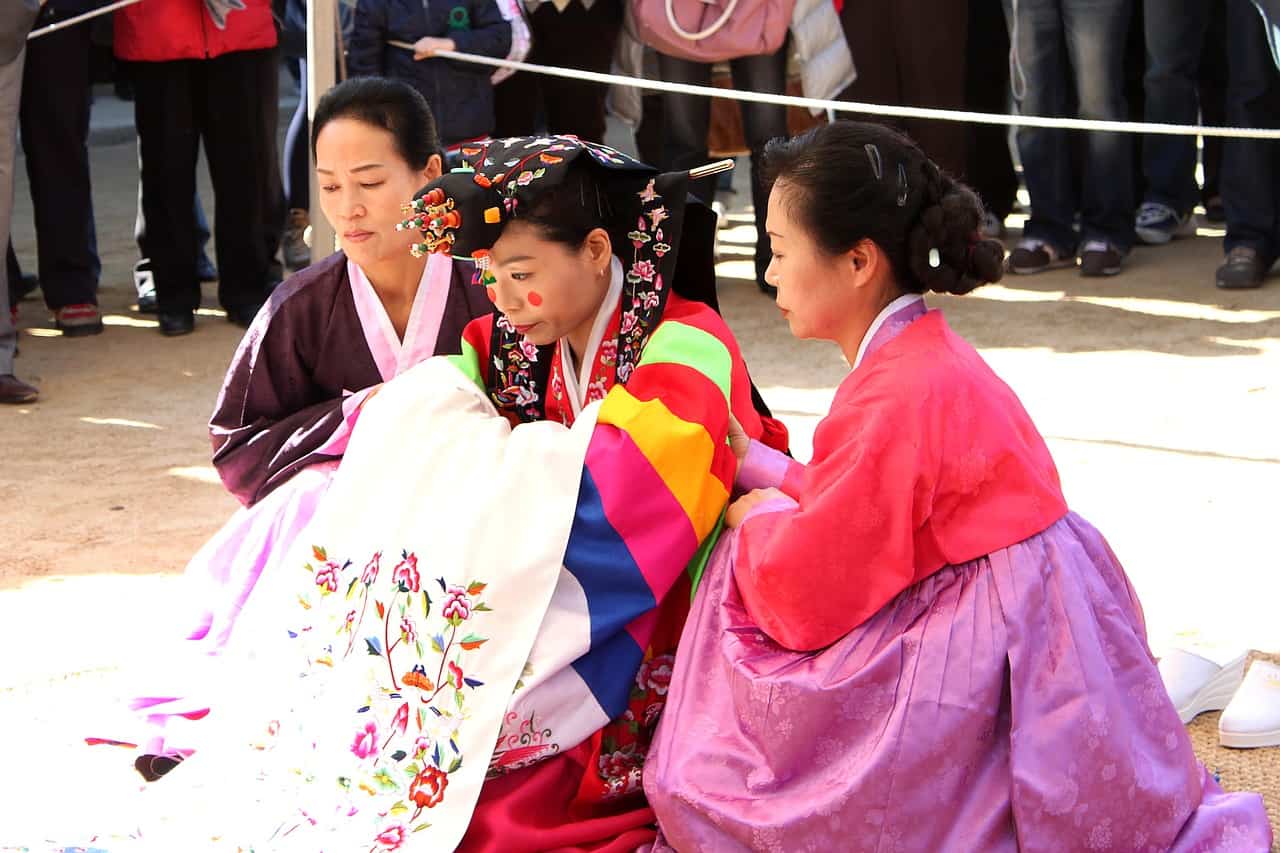
One is ‘yonae’ or love marriage while the other is ‘chungmae’ or arranged marriage. Should a local choose not to marry, they would be labeled with the Korean slang ‘Big Baby.’
The legal age in South Korea is 19.
A South Korean must be at least 19 years old to vote, drink, or smoke legally in the country. How’s that for South Korea facts?
Over 20% of the population of South Korea has Kim as their last name.
Other common family names in the country are Lee, also spelled Ree or Yi, and Park that is also spelled as Pak.
In South Korea, people who reach 60 years old must throw an extravagant party or ‘hwangap.’
Back then, only a few locals could live up to that age. Another reason for it being a significant occasion is due to the 60-year cycle of the traditional Korean calendar.
In Jeju Island, it is traditional for women to go to work while the husbands stay home.
These women are the ‘haenyeo’ or sea women who dive for abalone, octopus, and sea urchins. Although unorthodox, it is a 1,500-year-old tradition passed down from generations of mothers and daughters.
Around 14% of South Korean youths have an internet addiction.
This estimate came from the South Korean National Information Agency which led to the passing of the Shutdown or Cinderella Law. Established in 2011, this law bans people younger than 16 from online game sites. Still, the youth largely ignores the rule.
In South Korea, same-sex touching is customary among friends.
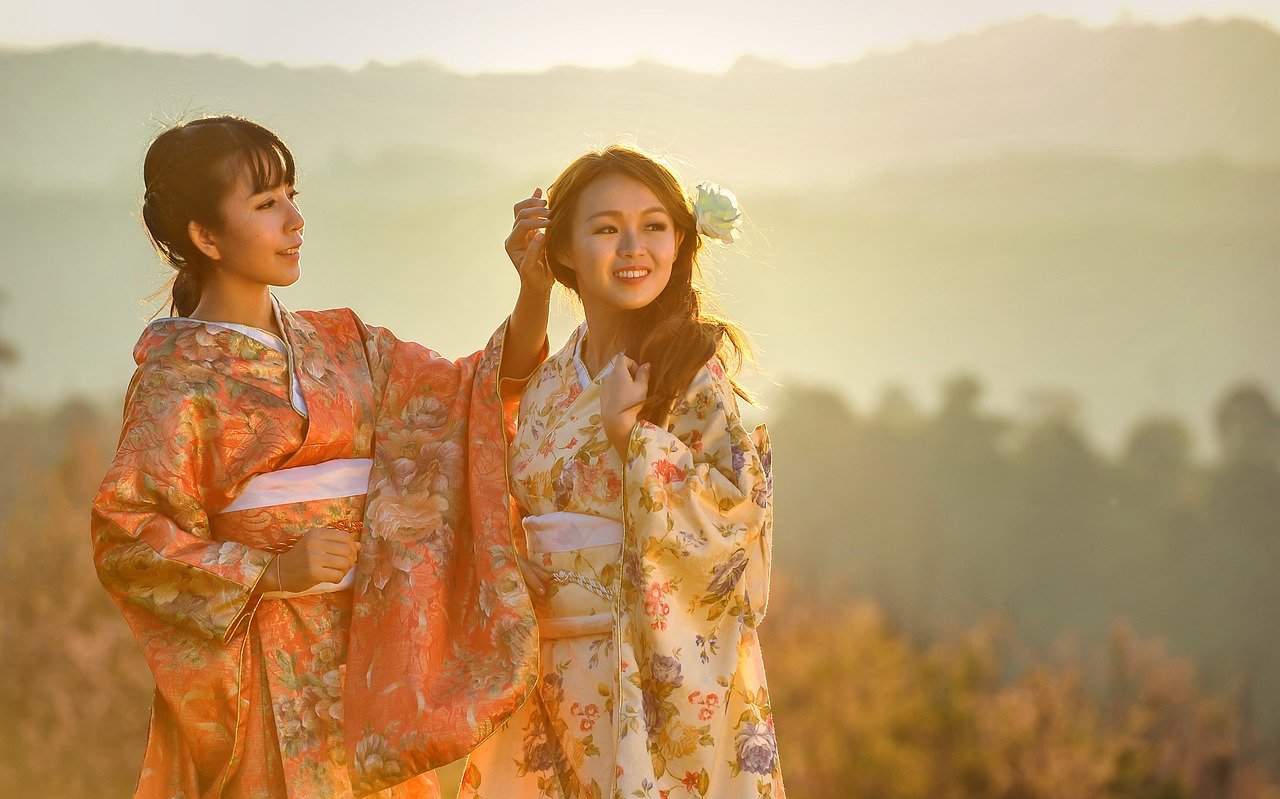
Boys and men share the ‘no homo’ or skinship. They could cultivate a stronger bond by touching each other through platonic gestures like handshakes. However, the touchy-feely culture could only extend to teachers and students of the same sex.
South Korea is the plastic surgery capital of the world.
An estimated 1 out of 3-5 women in the country have already undergone at least 1 cosmetic procedure.
South Koreans are serious about blood types.
While this custom traces its roots from Japan, it has grown deep in South Korean culture. In terms of marriage in South Korea, blood type is a major determining factor for who could marry whom.
The South Korean government has the State Council as the highest executive body.
It is composed of the president, the prime minister, executive ministries heads, and ministers. The president appoints the prime minister while the elected National Assembly approves the candidate.
South Korea observes a multiparty system.
South Korea’s multiparty system means that 2 political parties dominate in the country. The conservative Grand National Party and the centrist-liberal Democratic Part dominated in the early 21st century.
It is compulsory for all South Korean males to undergo military service.
One of South Korea’s most distinct practices is conscription, or the mandatory military enlistment for men between the ages of 18 and 28. Established in 1957, the law’s main objective is mainly to deter attacks from the North. Hence, the government requires 21-24 months of mandatory military service.
South Korea shares a Mutual Defense Treaty with the United States.
South Korea and the United States have shared the Mutual Defense Treaty since 1953. As a result, a large contingent of US troops are stationed in the country.
Figure skater Yuna Kim was the first Korean winner of any Olympic figure skating discipline.
Also known as ‘Queen Yuna,’ the Korean athlete made history when she won the gold medal for Figure Skating at the 2010 Winter Olympics held in Vancouver, Canada.
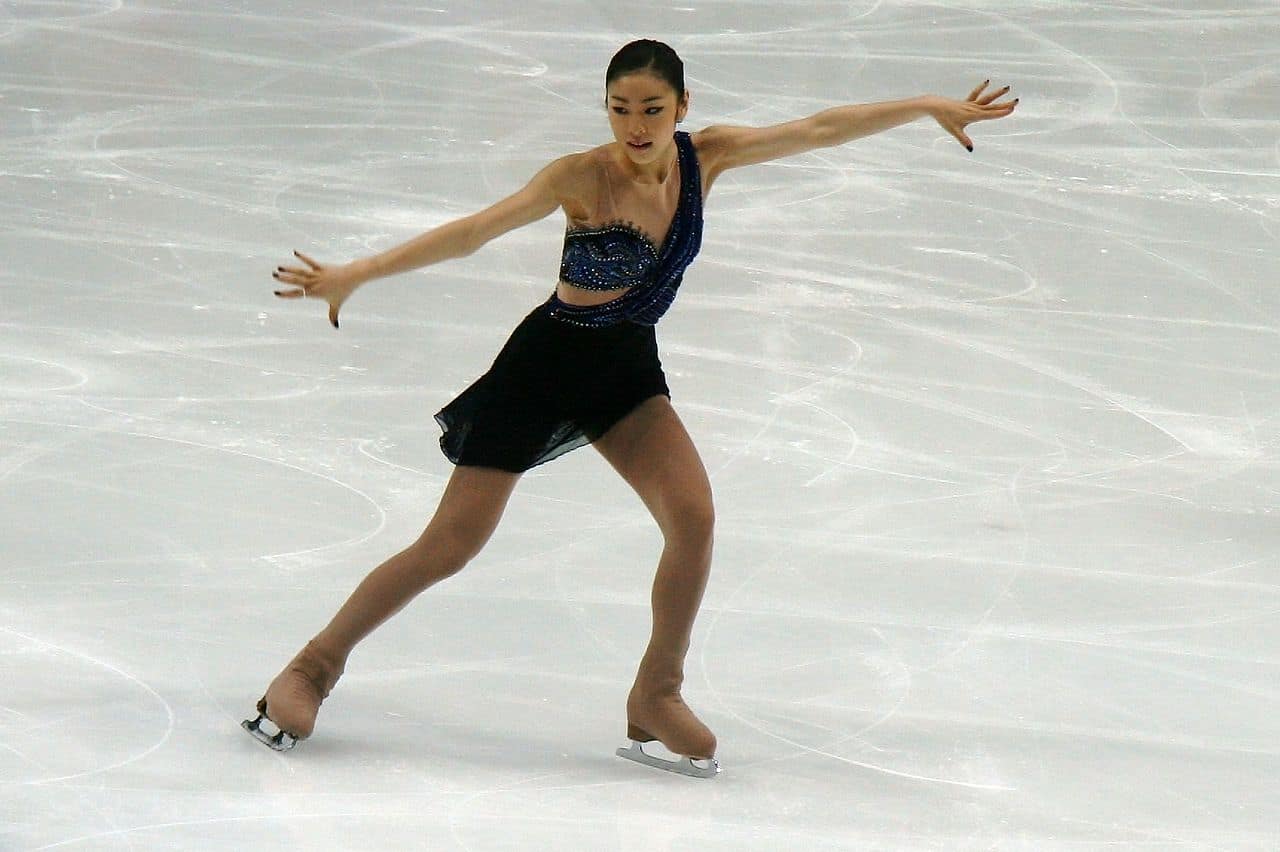
Yuna Kim’s combined scores earned an entry in the Guinness World Records.
Yuna Kim’s gold medal was the first medal for South Korea at the Winter Olympics. Previously, South Korea has only held medals for the short track or speed skating events.
All locals speak the South Korean language.
Hangul classifies as one of the Altaic languages, is affiliated to Japanese, and contains some Chinese loanwords.
In South Korea, the Korean script is called Hangul.
Hangul has phonetic symbols for 10 vowels and 14 consonants. On the other hand, North Korea calls the Korean script ‘Chosŏn muntcha.’ Historically, this uniform writing system helped the less fortunate achieve literacy.
The proper word for the Korean wave is ‘Hallyu.’
Hallyu refers to the wave of popular culture from South Korea. You may be familiar with it from the sudden surge in popularity of Korean cooking, K-pop, K-drama, and Korean streetwear.
‘Hanbok’ refers to the traditional dress worn in South Korea.
Western influences have changed how the hanbok looks, but it remains the traditional dress for the country. The version for females comprises of a colorful billowing skirt, a short jacket held close by a long tie, and several layers of undergarments beneath.
Both men and women used to wear hanboks.
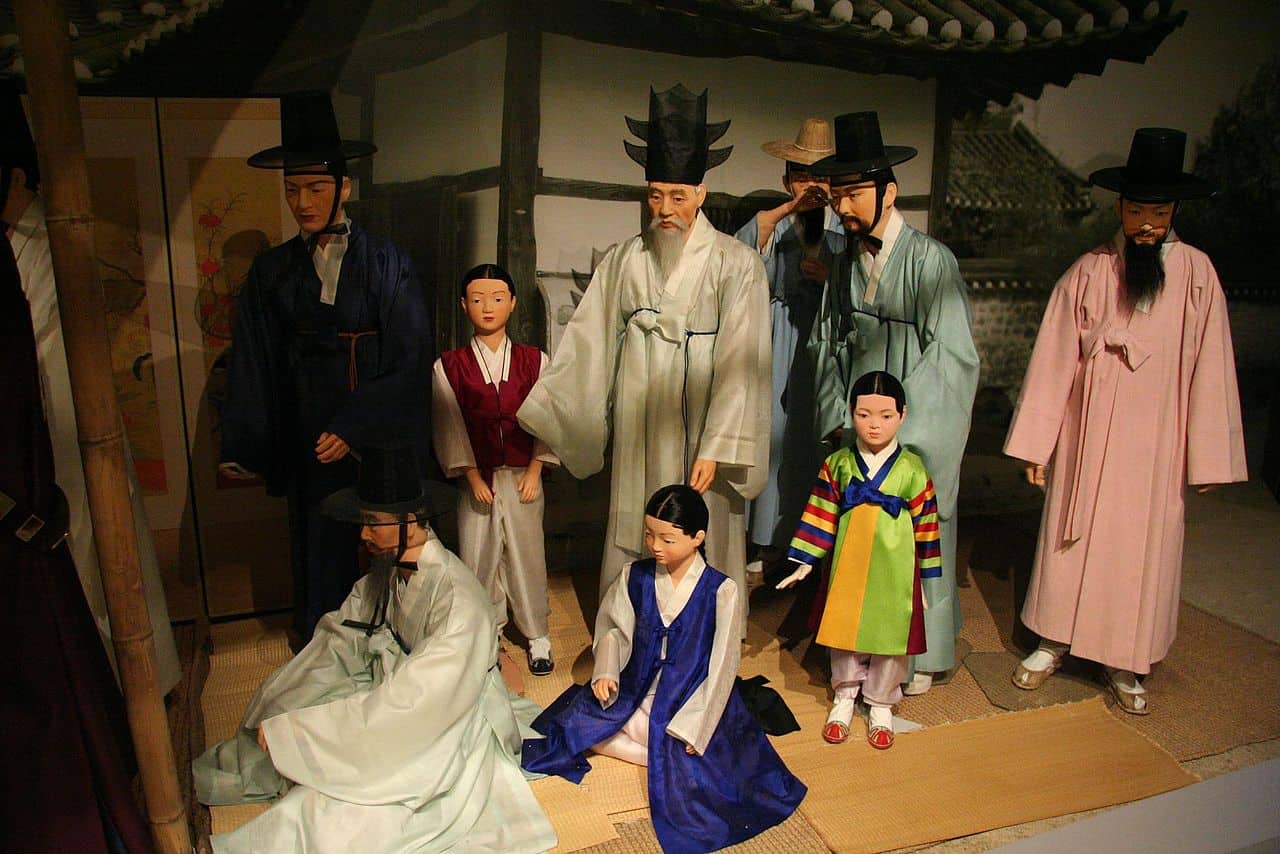
The version for males includes full-legged pants and a wide-sleeved jacket. Further, there are appropriate hanboks for various occasions like weddings and birthdays.
Group blind dating is part of the culture of South Korea.
Also known as ‘Meeting’ or ‘Sogaeting,’ these gatherings are an avenue for young university students to meet over drinks and meals.
In South Korea, it is not good to leave an electric fan on overnight.
They believe that doing so will kill the person sleeping right below it due to hypothermia and loss of oxygen.
In South Korea, heated floors take the place of air heaters.
The ‘ondol’ or warm stone generates heat through pipes beneath the flooring. The heating system dates back to the Koguryo Dynasty 37-668 BC. Over 90% of the houses in SoKor have ondol which lets people eat and sleep while resting on warm floors.
South Korea practices crime reenactment.
Police would lead crime suspects to the crime scene where they will have to reenact the crime publicly. What makes the activity more humiliating is the invitation for media to take footage and publish details about the crime. Such activity could be observed in the movie Miracle in Cell no. 7.
The number 4 is considered unlucky in South Korea.
The belief of this unlucky number traces its origin from China. Koreans traditionally fear the number 4 because the term sounds like the Korean word for death.
Red is a lucky color in South Korea.
As a symbol of good fortune, the color is usually present in Korean wedding garments.
Eyelid surgery is the most common cosmetic procedure done in Korea.
It is a typical 16th birthday gift request among young South Koreans. Apparently, having a double-eyelid surgery would make them look more Western.
In South Korea, there is a color code for taxis.

This distinction indicates the level of service that a certain vehicle offers. A taxi in white or grey is a basic car with a qualified but inexperienced driver. On the other hand, black cabs are luxury cars driven by experienced drivers.
South Korea considers videogames as a proper sport.
Top players in the field earn even more than some sports champions. Moreover, video game tournaments have dozens of thousands of followers who watch in filled stadiums and online streaming sites.
South Koreans fear the sun.
They consider having dark skin as a reminder of a farmer’s life which is not very trendy in the country. Hence, it is common to see sun umbrellas and uncommon to see exposed shoulders or arms.
Meals in South Korea have many components.
Aside from the usual staples like rice, soup or stew, South Koreans love side dishes. One of the staples is the infamous kimchi.
Koreans view leg fidgeting is bad luck.
Shaking your leg might just be a mindless tic to you, but South Koreans traditionally associate it with losing opportunities or good luck.
Kimchi is the national dish of South Korea.
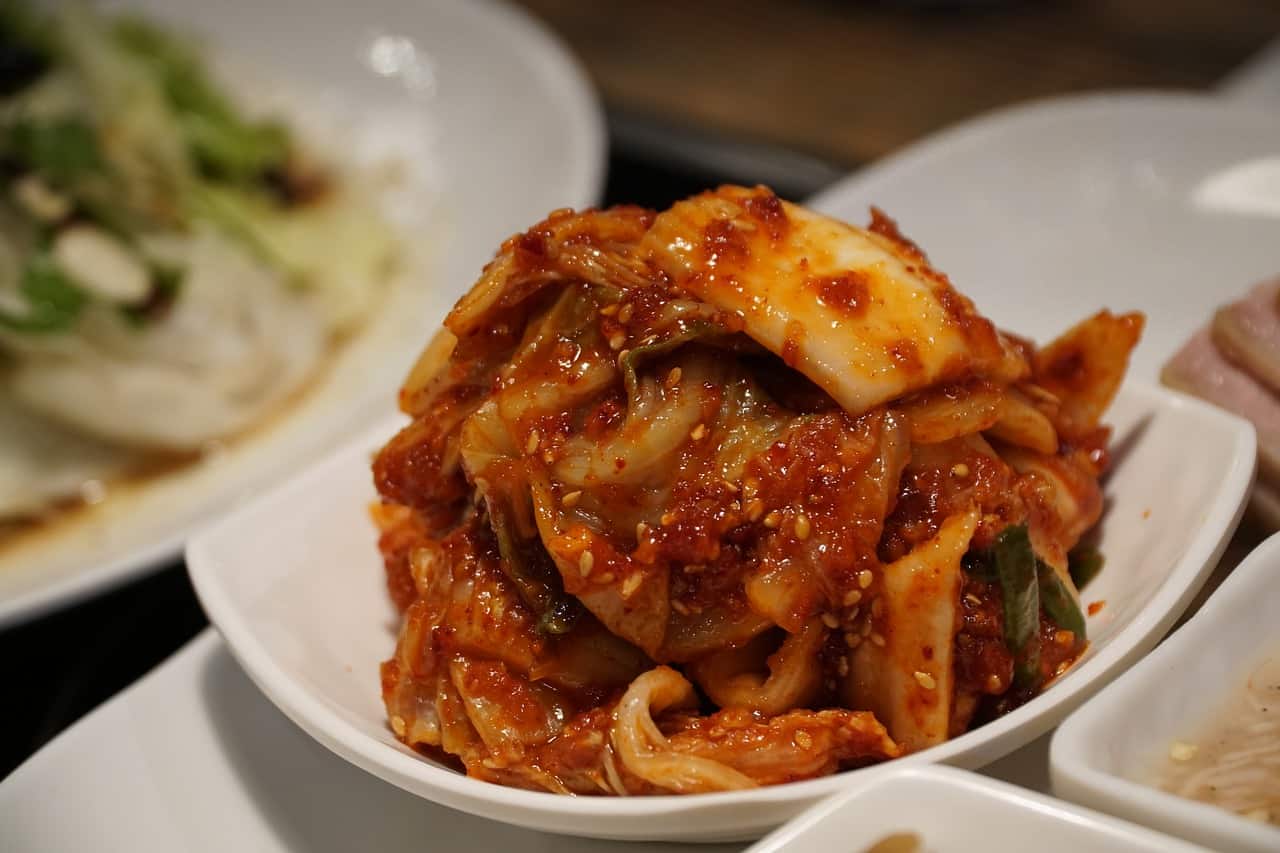
Vegetables and spices compose this combination that is traditionally fermented underground for a few months. When it is ready, it is typically eaten with almost every kind of food.
Kimchi has around 170 varieties.
In recognition of the importance of kimchi in South Korean cuisine, a museum in Seoul is solely dedicated to the fermented dish. The spicy paechu or Chinese cabbage kimchi is the most popular type.
Bibimbap is an iconic South Korean dish.
This dish consists of a mixture of rice, egg, vegetables, a spicy sauce, and optional meat. Jjajangmyeon is a black-bean sauce noodle, while bulgogi is marinated meat that must be grilled over charcoal.
South Koreans are fond of sweet potatoes.
Almost every possible dish has a sweet potato flavor. The list includes main courses, desserts, salads, bread, chips, latte, and even pizza.
In South Korea, it is best to eat octopus raw.
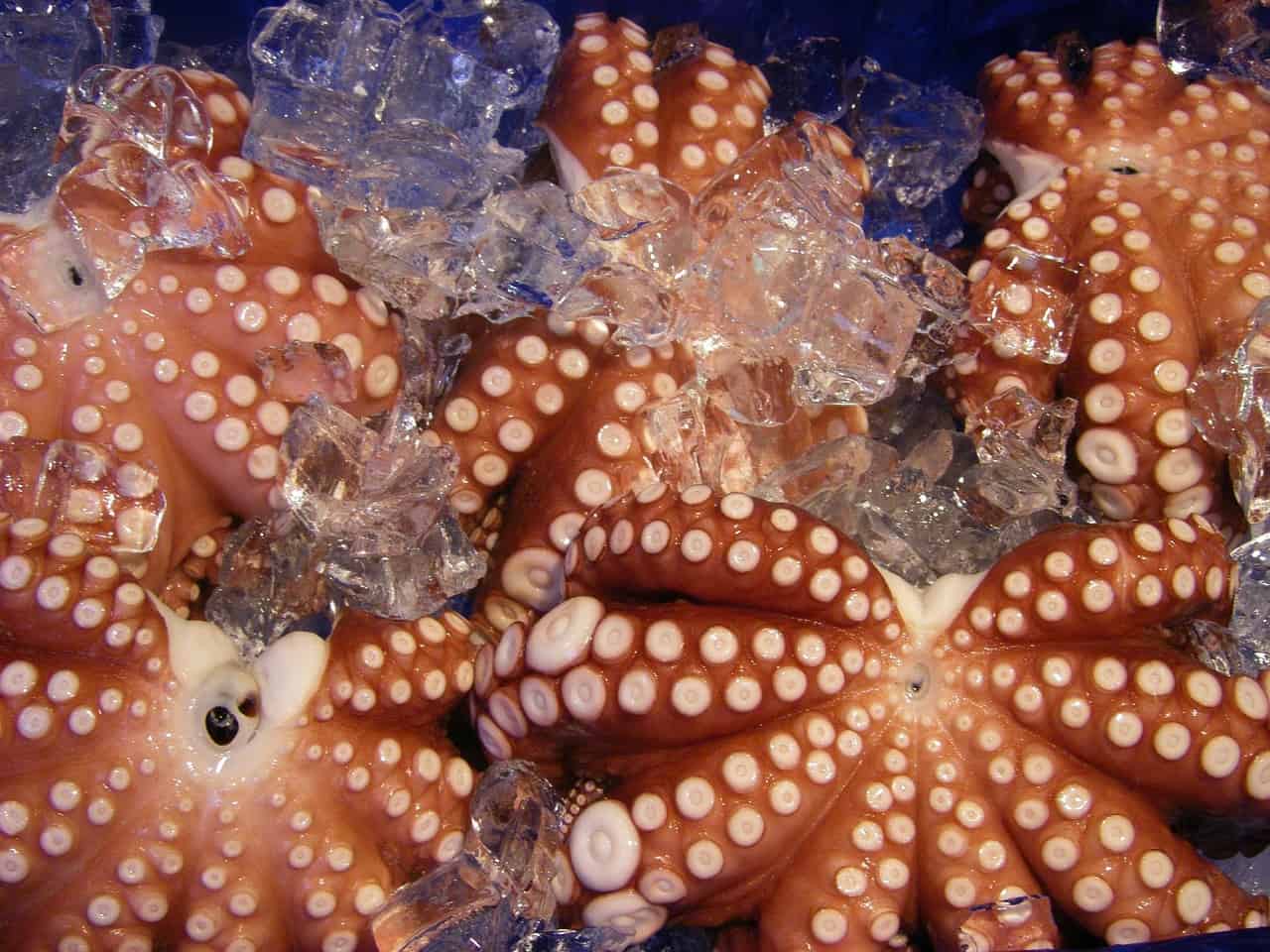
Some people will cut the live seafood up and put it in a bowl. On the other hand, others prefer cutting the still moving legs, eat the legs then toss the rest of the body into a stew.
Kimjang is a traditional kimchi practice in South Korea.
For several autumn days, families and villages would devote time to prepare the winter supply of kimchi. The annual Kimjang festival takes place in Gwangju, a city in the southwest region of the country.
In South Korea, Valentine's Day is for men.
It is customary for women to express for men in South Korea. Chocolate is the most common gift given to significant others during this time.
March 14 is White Day in South Korea.
On this day, men are the ones who buy gifts for the ladies. However, they must spend 3x the amount of what they received on Valentine’s day.
Almost every 14th of the month in South Korea has a corresponding romantic-themed holiday.
South Koreans celebrate Kiss Day on June 14th, while December 14th is Hug Day. Meanwhile, April 14 is Black Day where single locals would mourn their singleness by eating jjajangmyeon.
South Korea celebrates the Harvest Moon Festival.
Over 20 million residents travel to their hometowns annually for the Harvest Moon Festival. There, they will visit the graves of their ancestor to which they will bring gifts like food to place on the graves.
The Boryeong Mud Festival in South Korea draws millions of foreigners annually.
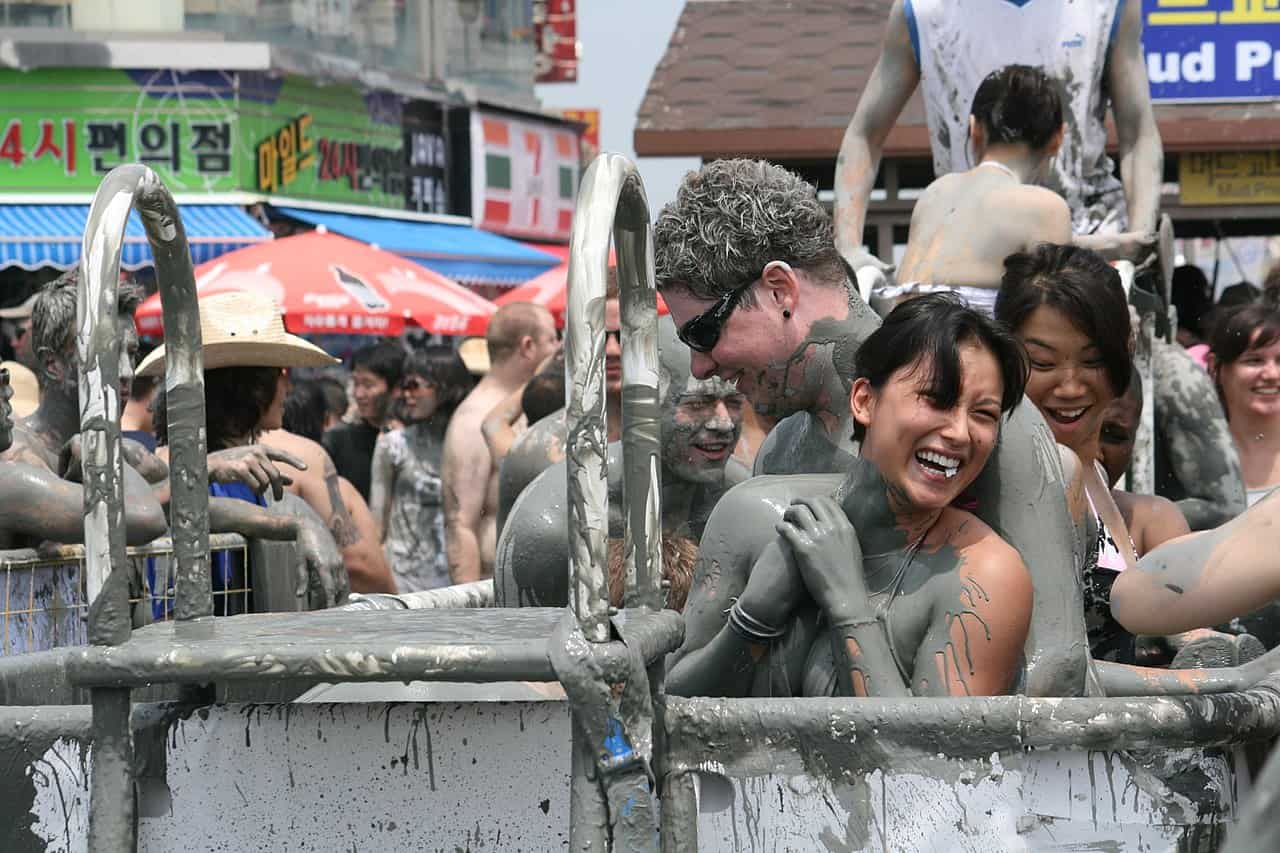
For 10 days of the event, mud massages, mud marathons, mud wrestling contests, and mud photo contests are up for revelers to enjoy. Originally, it started in 1998 as a strategy to advertise mud cosmetics.
South Korea is home to numerous UNESCO World Heritage Sites.
First is the Tripitaka Koreana located at Haein Temple, west of Taegu. Designated in 1995, it holds the most complete editions of Buddhist canonical writings in the world.
Another one in the southwestern part of the country is the Several Dolmen Sites where stone burial monuments stood since 1000 BCE. Jeju’s volcanic island and lava-tube cave system were also declared World Heritage Sites in 2007.
Haesindang Park in South Korea is full of penis statues.
At Deulmusae, there is a penis-themed restaurant that features Jaji or penis statues lined up along the path to the restaurant.
Jeju is the largest island in South Korea.
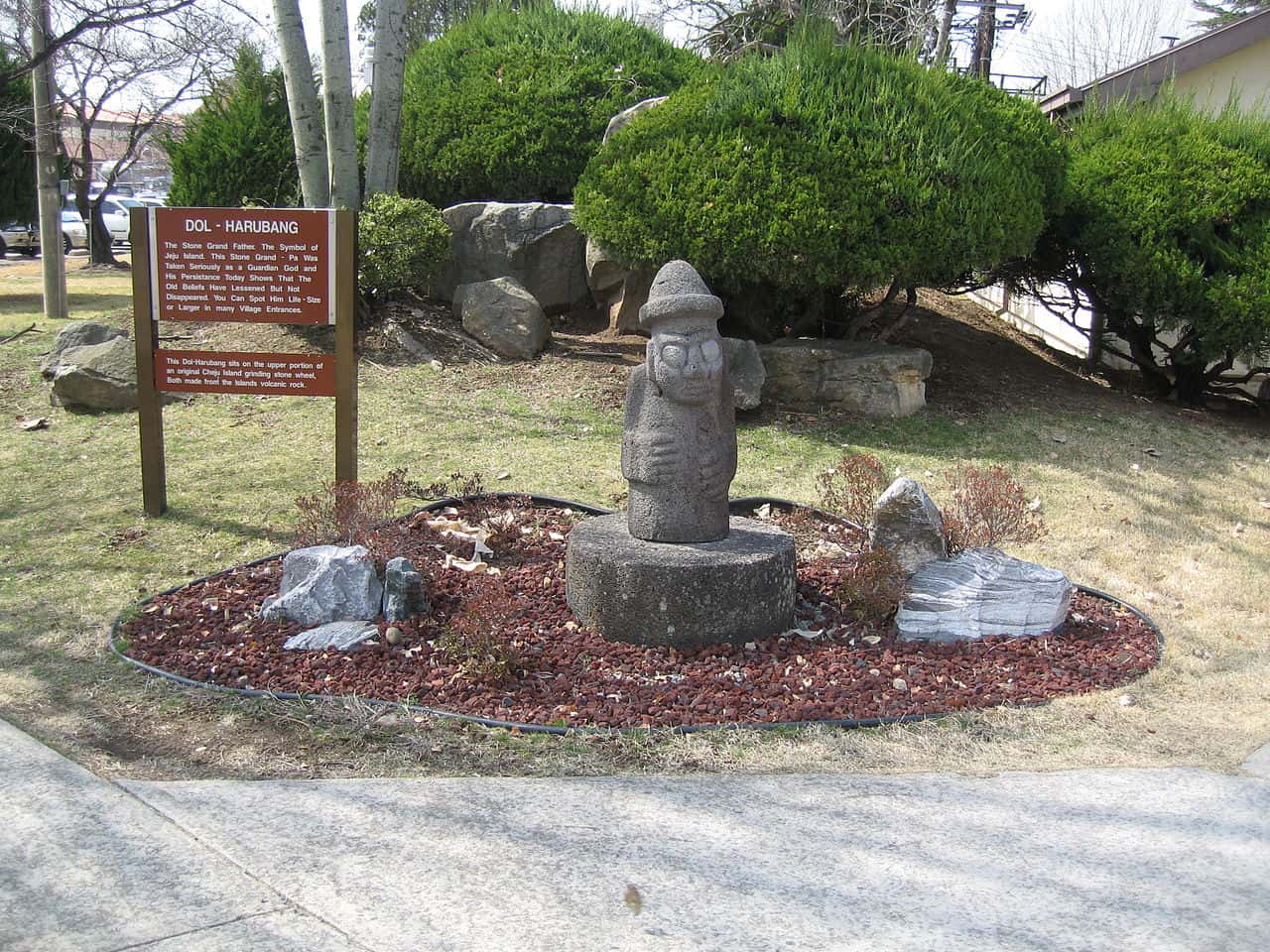
Along its beaches, there are giant stone statues known as dol hareubang or old grandfather. Beliefs tell newlywed women that touching the noses of the statues would bless them with fertility.
The national flower of South Korea is the Mugunghwa or Rose of Sharon.
A hibiscus type, the flower represents the national anthem of the country. Moreover, South Koreans perceive it as a symbol of their past glories and adversities.
The crane is a good fortune symbol in South Korea.
Red-crowned cranes could reach a height of 5 ft. These large birds are ones that South Korea trusts in terms of their fortune.
South Koreans have a feces obsession.
The country has a variety of phone charms, turd-shaped cookies and even an entire museum dedicated to poop. Further, toilets across SoKor feature pleasant background music, colored water and flushing sounds.
Popular music from South Korea is called 'K-pop.'
In the 21st century, K-pop rose as an international phenomenon, becoming one of the country’s most visible cultural exports.
South Korean boyband BTS was the first K-pop artist to reach #1 in the US Billboard 200 chart.
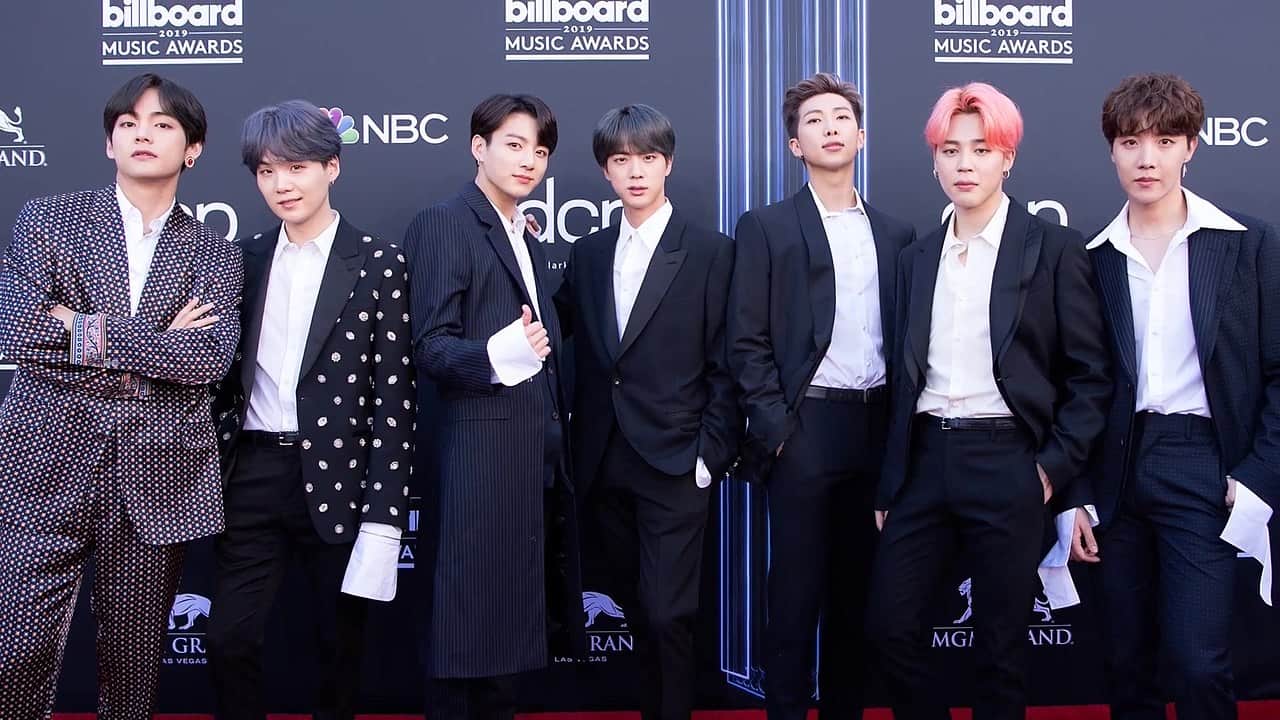
Their music is a combination of hip-hop and electronic dance music matched with excellent choreography and coordinated outfits. Moreover, the worldwide following of BTS earned the group numerous world records.
'Hallyu' or Korean wave has brought several South Korean personalities to the international limelight.
It includes various actors, music figures, and film directors. Hence, Hallyu has become an economic cultural asset that has brought revenue and tourists to the country’s economy, increasing South Korea’s profile across the globe.
Koreans believe that crows are unlucky.
Throughout different folklores, crows have been considered a bad omen. Crows are attracted to dead bodies, which is why Koreans believe that a crow’s caw indicates bad luck.
Eating rice cakes before an exam is good luck in South Korea.
Snacks definitely help in kickstarting your brain, but South Korea takes it to another level. Traditionally, snacking on rice cakes or Korean hard taffy is said to help the person “stick” to what they learned and pass. Definitely one of the interesting South Korea facts to test out yourself.
Was this page helpful?
Our commitment to delivering trustworthy and engaging content is at the heart of what we do. Each fact on our site is contributed by real users like you, bringing a wealth of diverse insights and information. To ensure the highest standards of accuracy and reliability, our dedicated editors meticulously review each submission. This process guarantees that the facts we share are not only fascinating but also credible. Trust in our commitment to quality and authenticity as you explore and learn with us.
